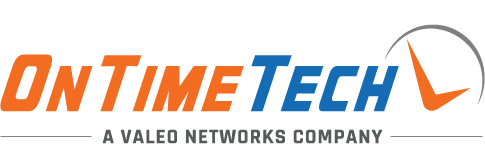The new year is already upon us, but it is not too late to put together a solid, sensible information technology plan for 2019. Strategic planning in all areas of operation—including technology—helps organizations budget for and efficiently manage day-to-day requirements while investing in long-term projects and solutions.
- Upgrading software
- Making data and systems more secure
- Preparing for structural changes
- Responding to threats and emergencies
- Supporting business growth—locally, nationally, and/or globally
A vigorous technology plan should address these concerns, as well as those unique to your business and industry, and provide a framework to guide IT-related decision-making, prioritization, and task-implementation. If you have not yet started, here are a few ideas for how you can start putting together a robust technology plan to support the success of your company in 2019.
What should a technology plan account for?
Anticipated changes within your company may impact what items are necessary for your strategic technology plan to address for 2019 and the years beyond. Having a clear picture of where your company or organization is headed will help make it easier for you and other members of the IT team to determine which new technologies and upgrades are necessary and/or preferable for your specific business strategy. For instance, you should consider whether your organization plans to add or eliminate a notable number of employees within the fiscal year. Another question to address: Are you are planning to acquire any additional companies or provide new products or services? All these considerations will factor into your technology requirements. As you determine which new software, hardware or other IT solutions you may need in 2019, make sure they will integrate well with your existing IT environment.
Additionally, your technology plan should include arrangements for support services, including installation, maintenance, upgrading, and troubleshooting. Most business operations for companies across a range of industries are severely limited when technical issues arise, making it vital for you to preempt possible IT disruptions and have a plan for dealing with them.
How can companies deal with IT security threats?
It is common knowledge that cyber-security threats are continually evolving, along with the IT defenses needed to prevent and mitigate the risk. According to the Information Security Forum, an independent research organization, companies should stay well-informed about emerging technologies and corresponding threats to position themselves to make the best business decisions.
Information Security Forum’s Threat Horizon for 2019 reports on nine major threats that companies should expect to face in earnest over the coming year or two.
The first category of threats pertains to disruption from an over-reliance on fragile connectivity. The cyber-security threats in this category include:
- Premeditated Internet outages
- Hijacking from ransomware
- Privileged insiders aiding in cyber-attacks
The second category covered by the Information Security Forum’s report deal with distortion, which occurs when trust in the integrity of information is lost. The risks in this category include:
- Automated misinformation gaining undue credibility
- Falsified information compromising performance
- Subverted blockchains
In the third and final category are threats that have to do with deterioration, or controls eroding because of regulations and technology. These threats include:
- Surveillance laws exposing corporate secrets
- Privacy regulations impeding how organizations monitor insider threats
- Overly enthusiastic deployment of AI (artificial intelligence) leading to unexpected outcomes
The proliferation of smartphones, tablets and other mobile devices being used in professional environments only increases the amount and varies the types of cyber-security risks that companies face. As a business of any size, your goal should be to protect your systems and networks from data loss or malicious attacks, both internal and external.
Should you invest in Cloud technology?
Compelled by factors such as profitability, efficiency, and gaining a competitive advantage, about 71 percent of small-to-medium-sized businesses (SMBs) intend to increase their investment in cloud-based technologies in 2019, according to survey data from Bill.com, a company that creates digital business payment solutions. The three primary areas for anticipated investment, according to respondents, include marketing software, sales software, and payments software. Cloud computing allows for streamlined operations, connected through a sort of virtual office accessible to employees and clients. While it comes with some risks, especially about privacy and security, cloud technology is definitely trending for the capabilities it provides, such as flexibility, potentially lower IT costs, collaboration efficiency, access to automatic updates, and business continuity.
Bill.com’s Chief Marketing Officer Yael Zheng reportedly stated, “These businesses are now developing a clear understanding of how technology can help them streamline processes and ultimately power business growth, which I anticipate will lead to even more investment in the future.”
As you put together and implement a technology plan for 2019, consider whether further embracing and investing in cloud-based technologies can help propel the growth of your business.
What changes are coming to Windows?
Beware: Jan. 14, 2020, is an essential date for Microsoft users for a couple of reasons. At that time, Microsoft will end support for Windows 7 software systems, as well as Windows Server 2008 and 2008 RS. If you have not already formulated a plan to upgrade to Windows 10 systems and new server technologies, 2019 is your opportunity to do so. Microsoft’s options for new server systems include upgrading to Windows Server 2016 or migrating your company’s workloads to Azure. Replacing outdated software and server systems is critical to protecting your infrastructure, applications and information. Even as early as April, your outdated Microsoft system may not receive critical security fixes, as new systems are moving over the to the more secure SHA-2 algorithm in the future. Keep in mind this transition may take some time, making it imperative to start the process sooner rather than later.

Is technology planning an easy goal to accomplish?
As the year progresses, you may have to work with IT consultants and other department heads within your company to update or tweak your technology plan to address unexpected costs and events or to take advantage of current opportunities in the marketplace. Once you start a project outlined in your plan, you may also have to adjust cost estimates or deadlines to have a more realistic framework to guide progress. Just because adjustments might need to be made down the road, however, that does not negate the prudence and benefits of engaging in a formal strategic planning process at the start of the year. Doing so can help you optimize IT spending and proactively invest for the future, creating a culture of continuous improvement rather than merely trying to stay on top of day-to-day technology needs.
From the get-go, and along the way, your organization should take advantage of the knowledge and expertise of IT consultants and advisors who are more well-versed on current market trends, innovative technologies, and emerging cyber-security threats.







.png?width=288&height=123&name=Valeo-Logo-White%20(1).png)